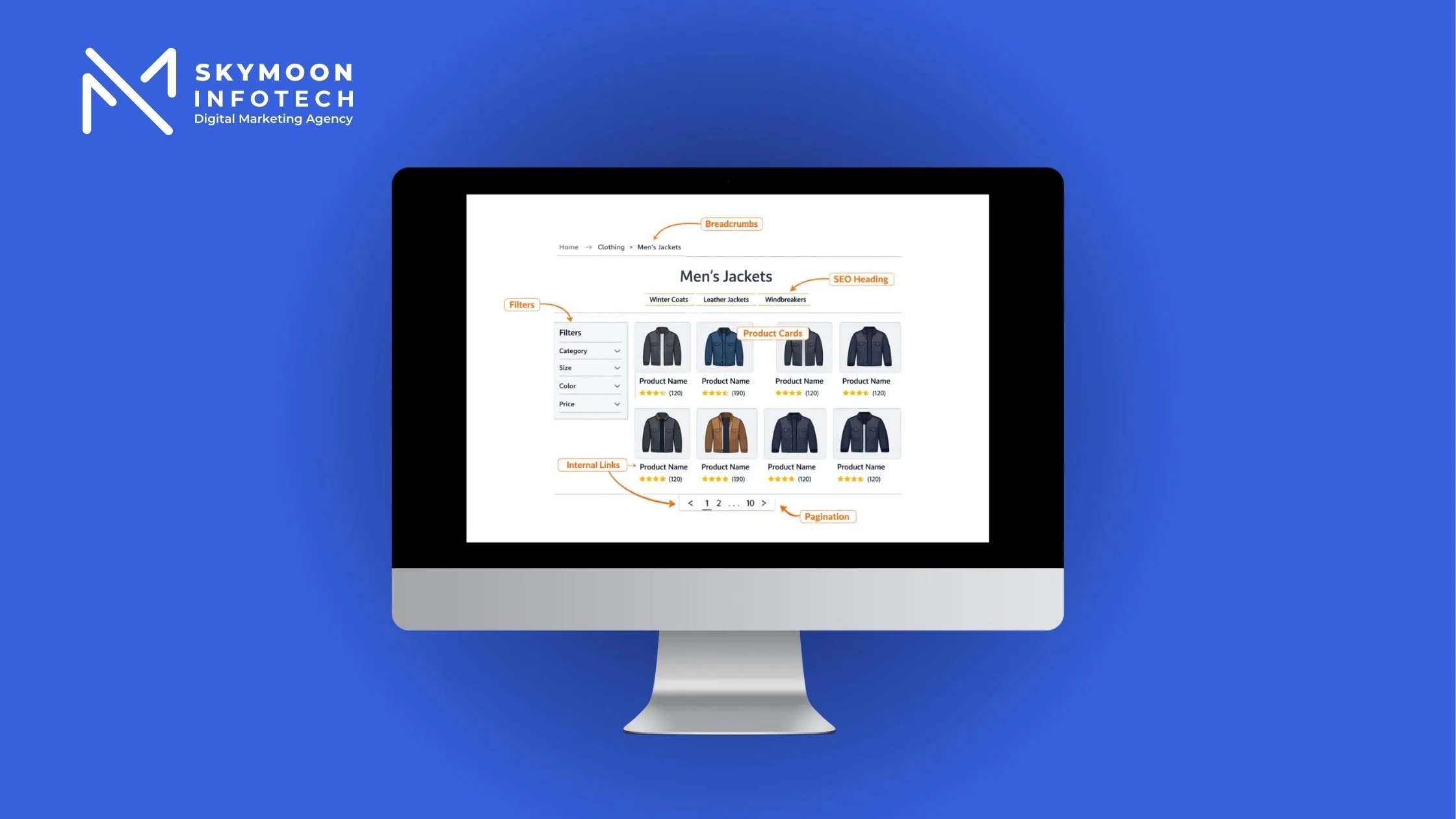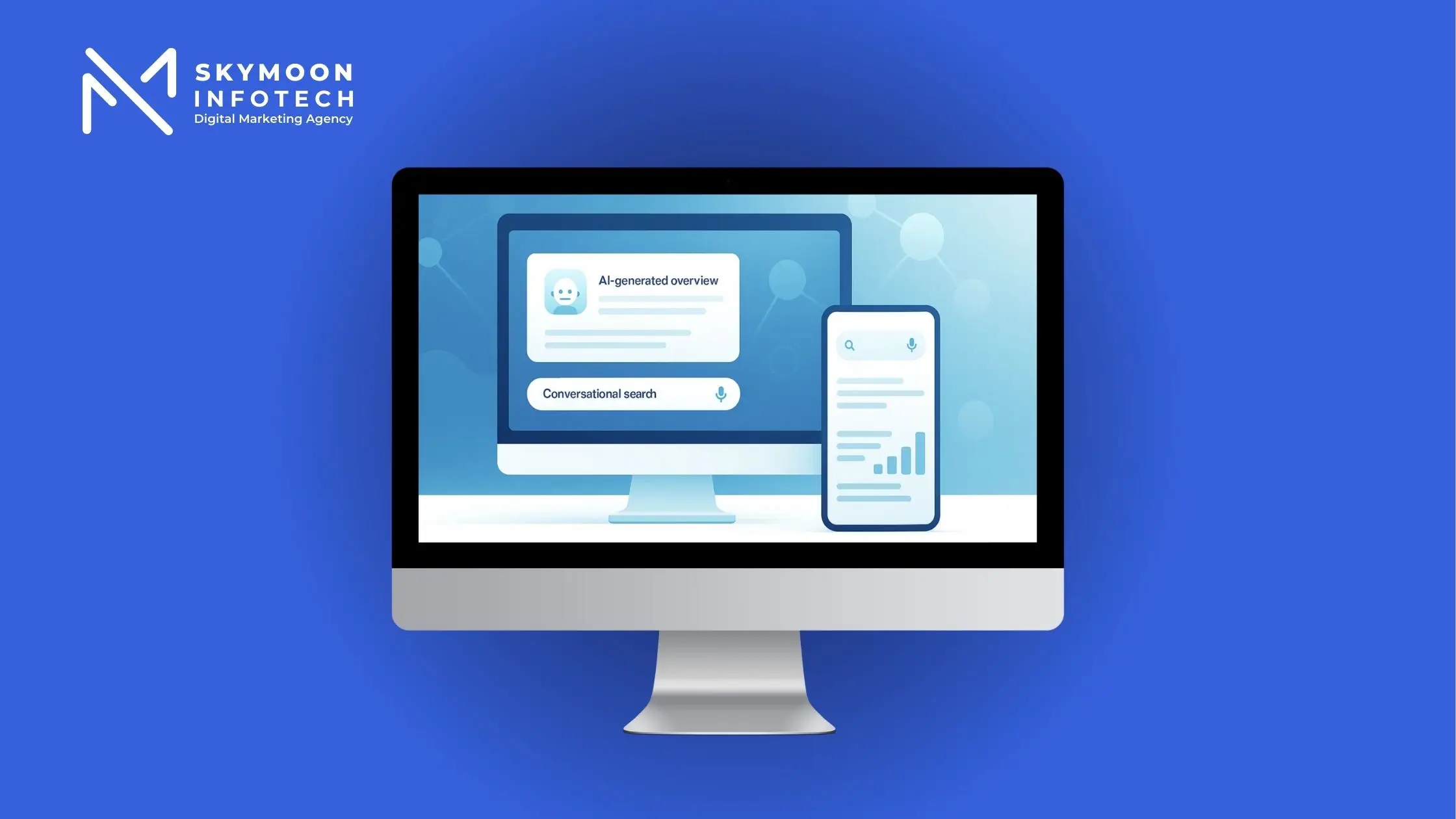Google Ads is one of the most powerful tools to drive targeted traffic and grow your business online. Whether you’re a beginner or a growing brand, understanding how Google Ads work can unlock better visibility, higher conversions, and smarter ad spend. In this guide, we’ll walk you through how the platform works, how to set up your first campaign, and how to optimize it for long-term success.
What Is Google Ads?
Google Ads is a pay-per-click (PPC) advertising platform developed by Google that allows businesses to display ads on search results pages, YouTube, Gmail, and millions of websites across the web. Advertisers bid on keywords, and their ads appear when users search for related terms.
It works across different formats including:
- Text ads on the Google Search Network
- Display ads on partner websites
- Video ads on YouTube
- Shopping ads for eCommerce products
- App promotion ads
If you’re just getting started, check out our guide for beginners to understand the bigger picture of digital advertising.

How Google Ads Work: Behind the Scenes
When someone searches on Google, the platform instantly runs an ad auction to determine which ads appear and in what order. Here’s how it works:
- Advertisers bid on keywords they want to target.
- Google calculates an Ad Rank using your bid, your ad quality, and expected impact.
- The highest Ad Rank wins and determines if your ad gets shown.
Your Ad Rank is influenced by:
- Your bid amount
- Quality Score (relevance, landing page experience, click-through rate)
- Ad extensions and format impact
The best part? You only pay when someone clicks your ad. This model makes Google Ads both scalable and measurable—ideal for small businesses and large enterprises alike.
Why Google Ads Still Matters in 2025
With the rise of AI-generated content and ever-evolving algorithms, many ask if Google Ads is still effective. The answer is yes—especially when combined with strong conversion strategies and continuous testing.
Compared to organic SEO, Google Ads offers immediate visibility. When your website is new or your market is highly competitive, running ads ensures you don’t miss potential leads while you work on your long-term SEO.
For more on how SEO compares, see our post on What is SEO? A Business-Friendly Guide.
Setting Up Your First Google Ads Campaign
If you’re new to Google Ads, the setup process may seem overwhelming. But with the right approach, you can go live with your first campaign in less than an hour.
Step-by-Step Google Ads Setup Guide
- Create a Google Ads Account Visit ads.google.com and sign up with your business Gmail account.
- Choose Your Campaign Type You can select from Search, Display, Video, Shopping, or App campaigns based on your goals.
- Set Campaign Goals Choose from leads, website traffic, sales, or brand awareness. This will guide Google’s AI in targeting the right audience.
- Define Target Audience Use demographics, locations, devices, and languages to segment users.
- Set Budget and Bidding Input your daily or monthly budget and select a bidding strategy—manual or automated (covered next).
- Write Ad Copy and Upload Creative Create compelling headlines, descriptions, and choose landing pages. Include strong CTAs.
- Add Ad Extensions Add site links, callouts, phone numbers, and other extensions to increase visibility.
- Launch and Monitor Once everything looks good, launch your campaign and track its performance.

Google Ads Bidding Strategies
Choosing the right bidding strategy impacts both cost and performance. Here are the main types:
Manual CPC
You set the max amount you’re willing to pay per click. Gives full control, ideal for experienced advertisers.
Enhanced CPC (eCPC)
Google adjusts your manual bids based on the likelihood of conversion—best for semi-automated control.
Maximize Clicks
Google aims to get the most clicks within your budget. Great for traffic-focused campaigns.
Maximize Conversions / Target CPA
Google adjusts bids to meet your target cost-per-acquisition (CPA). Best for conversion-focused campaigns.
Target ROAS
Optimizes for a specific return on ad spend. Requires historical conversion data.
Each bidding strategy aligns with different goals. If you’re unsure, start with Maximize Clicks and shift once you gather data.
Google Ads Cost Per Click and Budget Planning
Many businesses ask, “How much does Google Ads cost?” The answer depends on your industry, competition, and bidding strategy. On average, the Google Ads cost per click (CPC) ranges from ₹20 to ₹150+ in India and $1–$4 in the US.
How to Use a Google Ads Budget Calculator
Google’s built-in planner helps you forecast impressions, clicks, and estimated conversions based on your budget. You can also use tools like WordStream’s Google Ads Budget Calculator for rough estimates.
Start with a test budget, analyze results weekly, and scale what works. For small businesses, even ₹5,000–₹10,000/month can generate leads if optimized well.
Google Ads Conversion Tracking
Tracking conversions helps you measure what actions users take after clicking your ad—form fills, purchases, calls, etc.
How to Set Up Conversion Tracking
- Go to “Tools & Settings” → “Conversions” in your Google Ads dashboard.
- Select conversion type (e.g., website, phone, import).
- Install the global site tag (gtag.js) or use Google Tag Manager.
- Test and verify the implementation.
Without conversion tracking, it’s impossible to measure ROI. Be sure to test regularly and monitor the quality of leads or sales—not just volume.
Google Ads for Small and Local Businesses
Many small businesses assume Google Ads is only for large enterprises—but that’s not true. In fact, with proper targeting, Google Ads for local businesses can deliver high-intent traffic at a reasonable cost.
Benefits for Local Businesses
- Show up when someone nearby searches for your services
- Drive foot traffic or phone calls directly to your business
- Use location extensions and call-only ads for faster conversions
For example, if you’re a digital marketing agency in Ahmedabad, your ad can appear when someone types “SEO company near me.” This gives you a big edge over competitors relying only on organic results.
Google Ads for Small Business Success
Small business owners can benefit by starting small, focusing on one goal (like lead generation), and using location-based targeting. Success stories often start with a daily budget of ₹300–₹500 and scale with results.
You can also explore conversion rate optimization services to improve the landing experience and increase ROI.

Google Ads vs. Facebook Ads
Both platforms are powerful—but they serve different purposes.
| Feature | Google Ads | Facebook Ads |
|---|---|---|
| Intent | High (search-based) | Low to medium (discovery-based) |
| Audience Targeting | Keyword + geo-targeting | Detailed demographics & interests |
| Ad Format | Text, display, video, shopping | Image, video, carousel, lead forms |
| Cost | Higher CPC, better intent | Lower CPC, broader reach |
Use Google Ads for immediate, intent-driven results and Facebook Ads for awareness or retargeting. A hybrid strategy often works best.
Google Ads vs. SEO: Which One’s Better?
SEO builds long-term visibility. Google Ads offers instant traffic. Both have their place in a digital strategy—but here’s a quick comparison:
| Aspect | SEO | Google Ads |
|---|---|---|
| Speed | Slow (3–6 months to rank) | Fast (immediate traffic) |
| Cost | Time-intensive, lower long-term cost | Ongoing spend required |
| Control | Less control over SERP placement | Full control over keywords and budget |
| ROI Tracking | Harder to track attribution | Easy with conversion tracking |
Ideally, invest in both. While your SEO builds momentum, Google Ads fills the gap with paid reach.
Need help with both? Check out our SEO Company in India service for long-term search growth.
Google Ads Optimization Tips
Once your campaigns are live, optimization is key. Here’s how to improve performance:
1. A/B Test Ad Copies
Try different headlines and descriptions to see what drives more clicks and conversions.
2. Use Negative Keywords
Block irrelevant traffic by excluding search terms that waste your budget.
3. Improve Quality Score
High relevance = lower CPC. Ensure your ad copy, landing page, and keyword align perfectly.
4. Set Up Audience Segments
Use remarketing lists and in-market audiences to retarget interested users.
5. Monitor Performance Weekly
Adjust bids, pause underperforming ads, and allocate budget to winning campaigns.
Want better results from your existing ad budget? Our PPC services in India specialize in ROI-focused ad management.
Final Thoughts – How Google Ads Can Grow Your Business
Whether you’re a small local shop or a growing eCommerce brand, understanding how Google Ads work is crucial to getting the most from your ad budget. From setting up your first campaign to optimizing for conversions, each step brings you closer to better ROI.
If you pair Google Ads with consistent tracking, strong landing pages, and strategic bidding, your business can generate real, measurable results—even with modest budgets.
Frequently Asked Questions (FAQs)
Is Google Ads suitable for beginners?
Yes. Google offers a simplified setup process, and with the right tutorial, even small business owners can launch successful campaigns.
How does Google Ads charge advertisers?
It uses a cost-per-click (CPC) model. You only pay when someone clicks your ad, not when it’s viewed.
How do I track results from Google Ads?
Use Google Ads conversion tracking or connect with Google Analytics to monitor form submissions, sales, and other key actions.
What is a good budget to start with?
Start small (₹5,000–₹10,000/month or ~$100–$200) and scale based on what’s working. Use a Google Ads budget calculator to forecast results.
Is SEO better than Google Ads?
SEO builds long-term authority. Google Ads offers immediate reach. Both work best when used together.
Can I run Google Ads for my local business?
Absolutely. You can target specific cities, zip codes, or a radius around your location.








